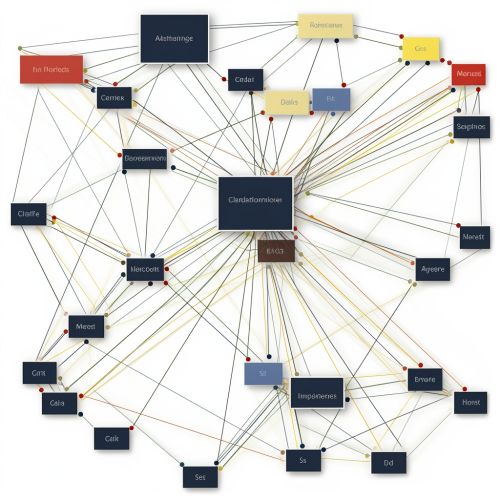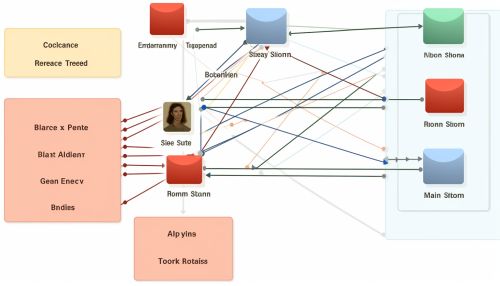Conceptual Data Model
Introduction
A conceptual data model (CDM) is a high-level, semantic, abstract representation of data. It is used to define the scope of a system, including the entities, attributes, and relationships that it will contain. The CDM provides a structured and organized view of data, which is independent of any software or hardware technologies.
Overview
The conceptual data model is a crucial part of the data modeling process. It is typically created by data architects and business stakeholders. The model provides a global view of the data and is less detailed than a logical data model or a physical data model. The CDM focuses on understanding the business needs and representing the business entities, their attributes, and their relationships.
Purpose
The purpose of a conceptual data model is to establish a broad view of what should be included in the model. It helps in defining the scope of what an information system will contain. The CDM is used to communicate ideas and understandings between stakeholders, including business users, data architects, application developers, and database administrators.
Components
A conceptual data model includes the following components:
- Entities: An entity is a real-world object or concept that exists independently. Examples of entities include a person, a car, a company, or an event.
- Attributes: An attribute is a property or characteristic of an entity. For example, a person entity might have attributes such as name, age, and address.
- Relationships: A relationship is a way that entities are associated with each other. For example, a person might be associated with a company through an employment relationship.
Design Process
The design process of a conceptual data model involves the following steps:
1. Identify Entities: The first step in designing a CDM is to identify the entities. This involves understanding the business domain and identifying the key objects or concepts.
2. Define Attributes: Once the entities have been identified, the next step is to define the attributes for each entity. This involves identifying the key characteristics or properties of each entity.
3. Establish Relationships: The final step is to establish the relationships between the entities. This involves identifying how the entities are associated with each other.
Benefits
The benefits of a conceptual data model include:
- Communication: The CDM provides a common language for business and IT stakeholders to communicate about the data requirements of the system.
- Understanding: The CDM helps in understanding the business domain and the relationships between different entities.
- Consistency: The CDM ensures consistency in the naming and definition of entities and attributes across different systems.
- Reusability: The CDM promotes reusability of data definitions across different systems.
Limitations
While the conceptual data model is a powerful tool for understanding and communicating about data, it has some limitations:
- Lack of Detail: The CDM is a high-level model and does not provide detailed information about the data, such as data types or constraints.
- Ambiguity: The CDM can be ambiguous, as it does not specify how the data will be implemented in the system.
- Dependence on Expertise: The effectiveness of the CDM depends on the expertise of the data architect and the involvement of the business stakeholders.
See Also


